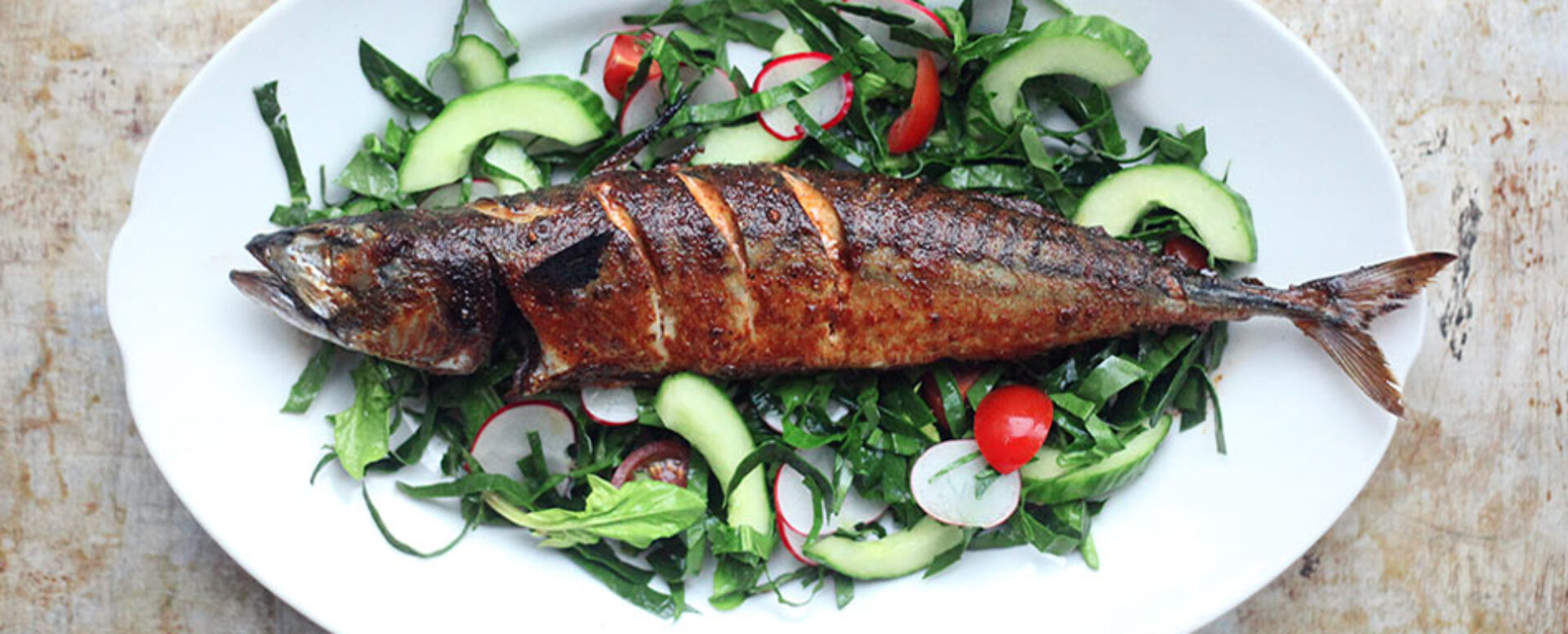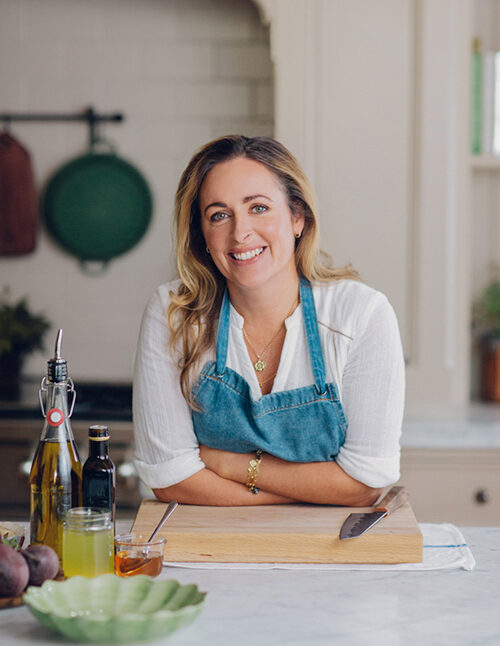
Everyday food choices have become quite fraught for many people, which I think is a real shame. Food is one of life’s greatest pleasures, comforts and lovingly held expressions of cultural and familial identity and this is not inherently confusing. It is just food. Ingredients alone cannot be all ‘bad’ or ‘good’. Of course, certain types of food, once ingested and digested, may be more beneficial to health than others. And the production of different foods will have variable ethical and environmental considerations.
But sharing a few glasses of wine with a girlfriend who is having a rough time is not ‘bad’ or enjoying a slice of cake on your child’s birthday is not ‘naughty’, or even confusing. These are all lovely experiences that can beneficially nourish our social and emotional health.
I feel that limiting ourselves to such black-and-white nutritional thinking can inadvertently be a risk factor for creating unnecessary anxiety and restrictive rules around food. We of course need to find a sensible balance and prioritise having plenty of nutritious foods, but a little perspective and common sense can go a long way here.
I therefore can’t help but find the confusion around food, with messages coming at us from all directions about what we supposedly ‘should’ and ‘shouldn’t’ be eating, as well as the unprecedented shaming of other people’s nutritional decisions, really worrying. We seem to have lost sight of the bigger picture – that the fact we have abundant food and choice is a reason to be joyful. Many, many people around the world simply do not have this option. Gratitude can be a powerful antidote to the noise.
How do we move forward? How can we begin to establish what a good enough diet looks like for us as individuals – and feel confident enough in our choices to be able to respectfully allow the tide of incoming opinion to the contrary to simply wash over us? Good Enough in terms of nutritional quality, but also speed, taste, sustainability and cost.

I suggest we start from the basics. Human bodies need a wide variety of essential nutrients to function. These are a collection of vitamins, minerals, amino acids and essential fatty acids (healthy fats) that we cannot make for ourselves, and therefore need to consume in our food. This is a universal equaliser – while different people will vary in exactly how much they need of each nutrient for optimal function (something we are still not often good at defining or measuring, even in a research context) – we all need at least some of these essential nutrients.
A balanced and varied diet is generally the best way to provide ourselves with this diversity of nutrients. In reality, that looks like a diet containing plenty of colourful fresh fruit and vegetables, high quality proteins, healthy fats, nuts and seeds and unrefined wholegrains or other complex carbohydrates. For most of us, this is a sensible place to begin.
This approach helps to shift our focus onto getting enough of the important and necessary nutrients our bodies need for growth, repair and metabolic function, rather than a worrying about having ‘too much’ of the less nutritionally dense foods. And that mindset shift is the basis of Positive Nutrition. It’s fundamentally about what we do eat everyday, of the foods our bodies need, rather than what we don’t eat so much of. It’s a shift in thinking from deprivation to abundance that can be incredibly liberating, particularly if we have been caught up in a cycle of on-off dieting for a long time. It also provides us with a framework upon which we can start to experiment, play and discover more about what works for us, at this moment in time.
Knowing what we do about individual variability in responses to food – from genetics to the impact of the microbiota – there can never be a single diet that works for all. It just doesn’t make sense, from a scientific point of view, that this could exist. So instead, we could take the principles of Positive Nutrition, and then give ourselves the freedom to adapt, tweak and shift them to work for us. Perhaps adding more carbohydrates if we are particularly active, or reducing our intake of vegetables if we struggle with a higher-fibre diet. Shifting to a more plant-based approach, or prioritising our food budget on a few more ethically sourced animal ingredients. Or simply using it as the basis to find a handful of easy, nourishing recipes that work well for our families in the busyness and chaos of everyday life.
It’s deeply empowering to know ourselves well, nutritionally and gastronomically. Knowing what works for us as individuals, and knowing what we can let go of. To me, that’s the power of positive nutrition.
Would you like to learn more about this topic?
For lots more on how to embrace Positive Nutrition in your life, and specific information on how to use the Positive Nutrition Pyramid please see my third book, Nourish & Glow: The 10-day plan, which is written specifically about this topic.
Download free, printable copies of the Positive Nutrition Pyramid in A4 and with 4 to a page.
MORE TO EXPLORE
Please note that the information on this website is provided for general information only, it should not be treated as a substitute for the medical advice of your own doctor or any other health care professional providing personalised nutrition or lifestyle advice. If you have any concerns about your general health, you should contact your local health care provider.
This website uses some carefully selected affiliate links. If you buy through these links, we may earn an affiliate commission, at no additional cost to you. This helps to keep all of our online content free for everyone to access. Thank you.



